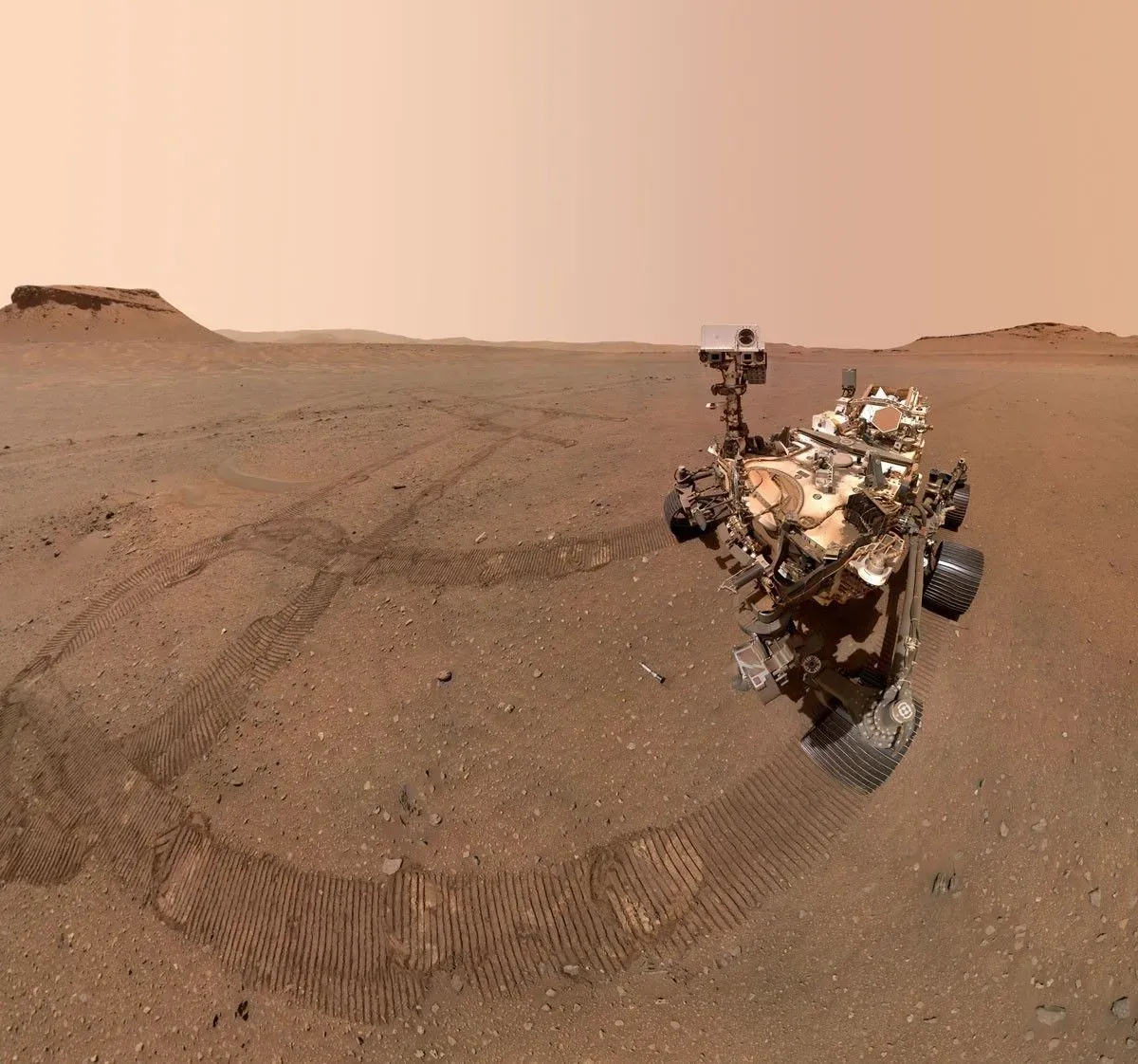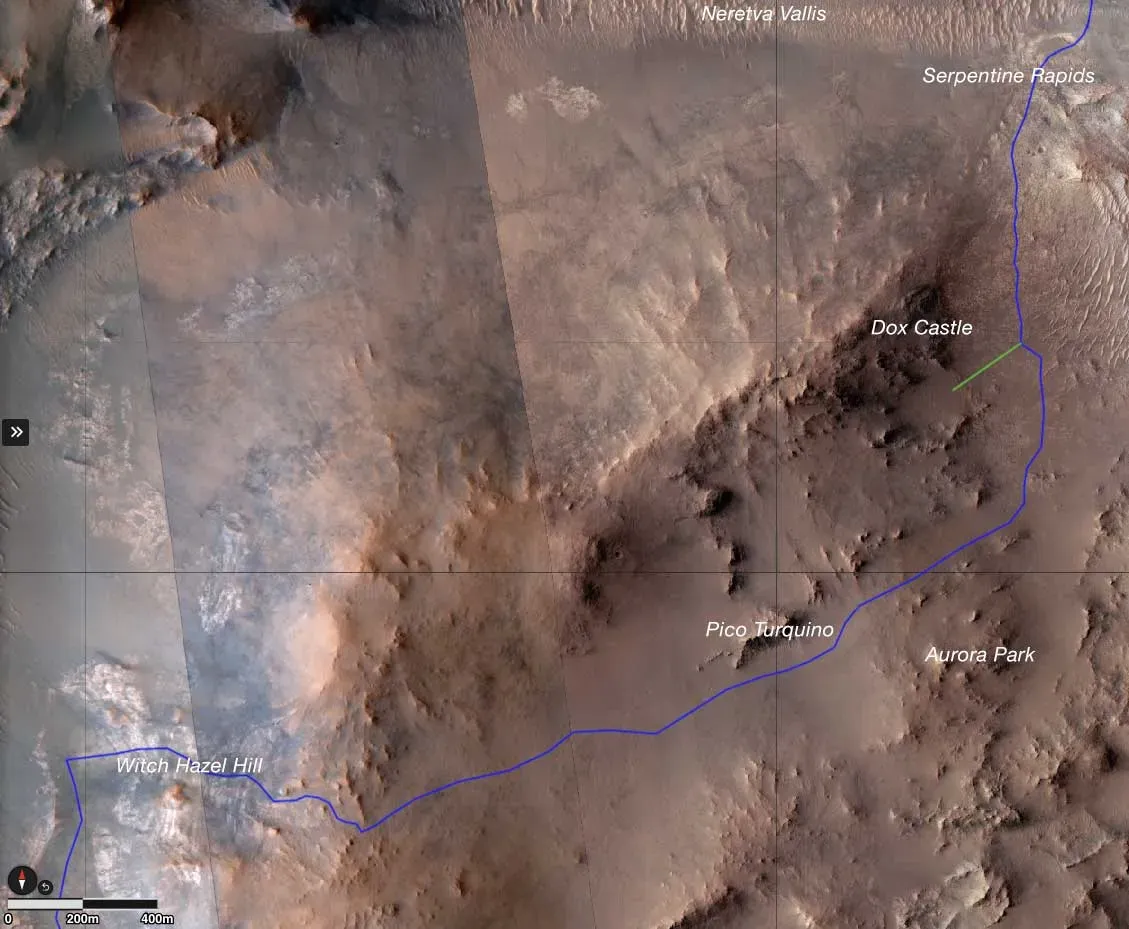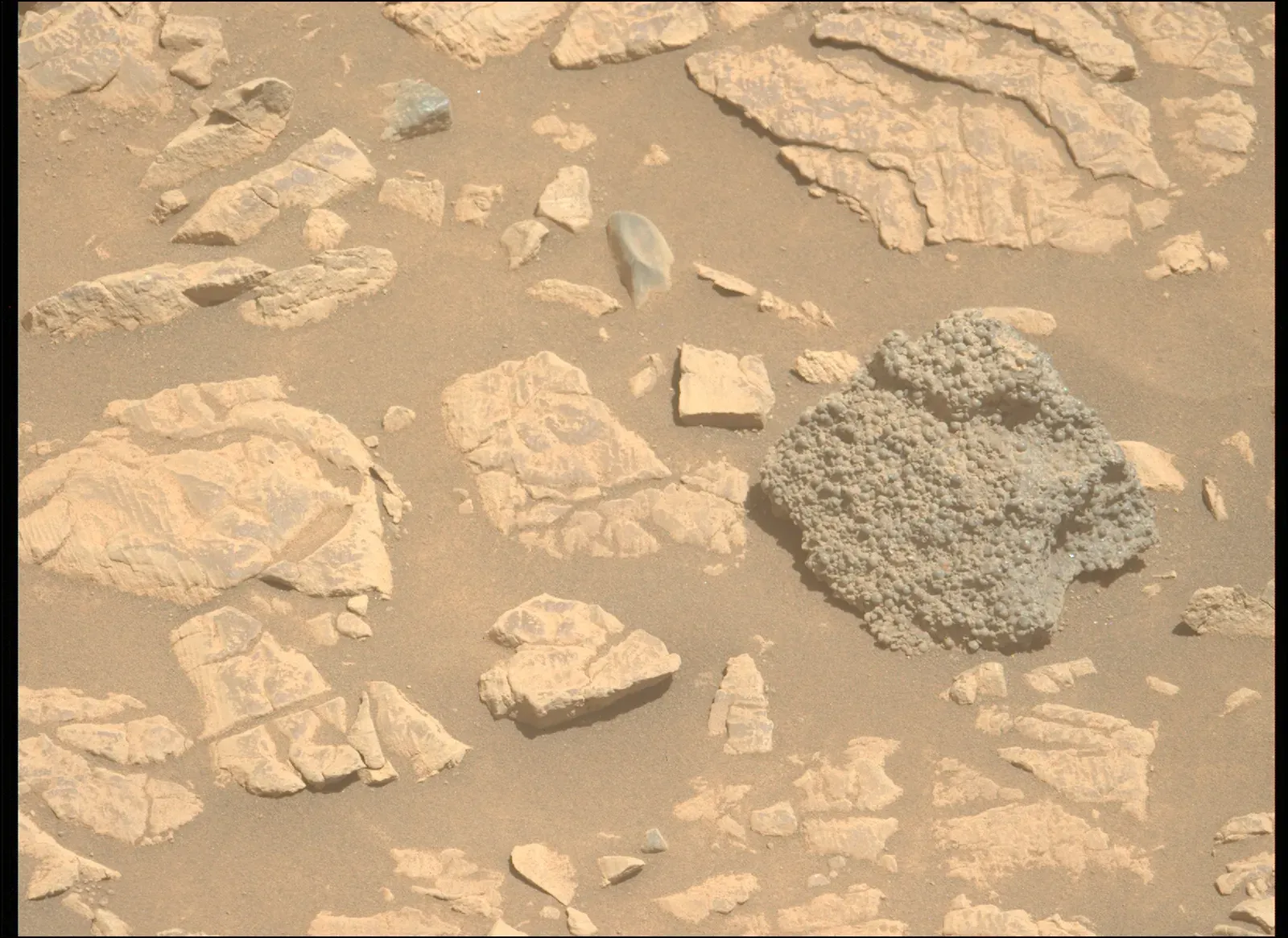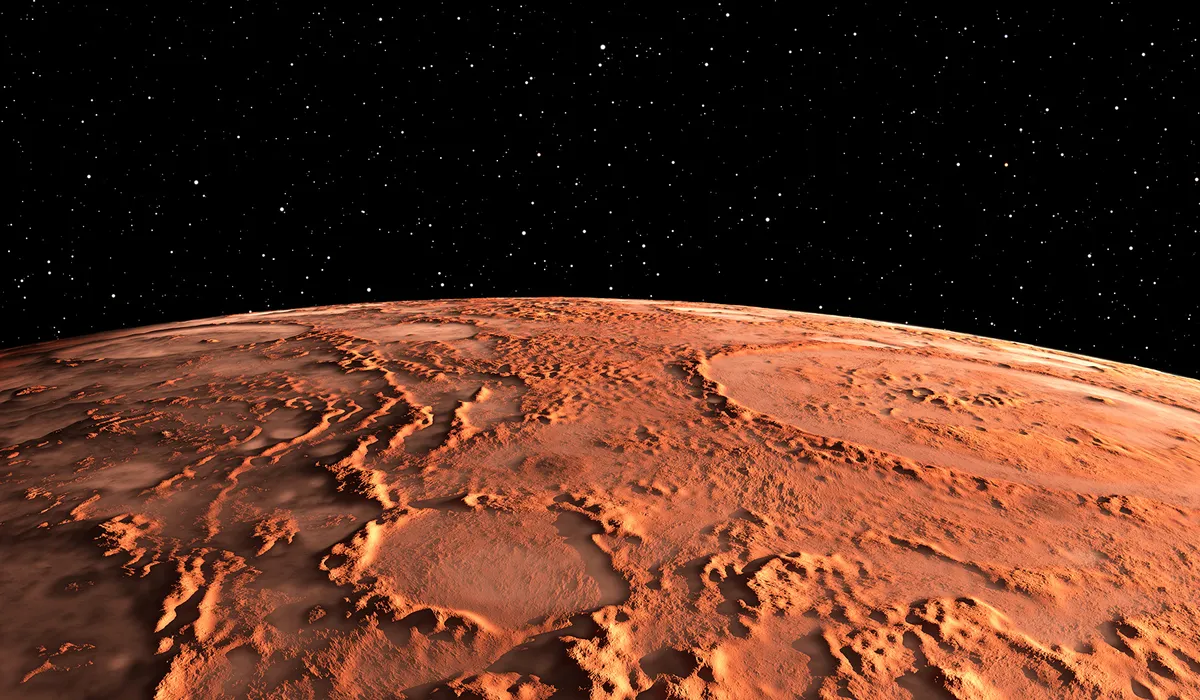That Time Perseverance Dug Up a Mystery
When we took over TechInform, I joked that I’d only truly lose my mind over a space story if someone found a Martian rubber ducky. Well, here we are — no duck yet, but NASA’s Perseverance rover just stumbled on something almost as bizarre: a rock made of smaller round stones glued together, sitting out in the middle of the Jezero Crater.
The team’s calling it “St. Paul’s Bay,” and honestly? It’s weird enough to make even seasoned space nerds double-take.
I’ve been glued to the rover’s updates for years now, and this one feels different. This one might actually move the needle on the Big Question: Was Mars ever truly wet?

What Perseverance Found — And Why It Matters
A Rock That Shouldn’t Be There
In March 2025, Perseverance rolled up to Broom Point on Witch Hazel Hill — a rim spot on Jezero Crater — and did what it does best: poke around with lasers, cameras, and a ridiculous number of scientific gadgets (seven instruments, to be exact).
That’s when it hit the jackpot: a “float” rock — meaning it doesn’t match the local geology. That’s like finding a coral reef chunk in the middle of a desert.
This particular float rock, St. Paul’s Bay, is packed with round stones a few centimeters across, varying from smooth to sharp-edged, with tiny holes sprinkled throughout.

What Could It Be?
There are two leading theories:
- Concretions — where minerals build up around a core inside ancient wet rock. (Hello, evidence of groundwater!)
- Volcanic leftovers — tiny blobs of molten rock that cooled into spheres after an eruption. (Still cool, but drier.)
Either way, this little Martian mystery has the potential to tell us a lot more about Mars’ ancient water history — and, by extension, its chances of ever hosting life.
What It’s Like Watching This Unfold
I’ll be real: following the updates from Perseverance has felt a bit like following a detective story in slow motion.
One day it’s “we found a weird stripe,” next week it’s “dug into a light-colored patch,” and then suddenly — boom — here’s a rock unlike anything nearby. It’s thrilling but also agonizingly slow. NASA’s careful, as they should be, but man, it tests your patience when you’re used to refresh cycles and hot takes.
Still, when you see close-up images from Mastcam-Z and SuperCam — shots that show individual pebbles preserved for possibly billions of years — it’s impossible not to feel awe.
Bonus fun fact: This isn’t Perseverance’s first rodeo with weird rocks. It’s found a popcorn-textured rock in Bright Angel and, before that, Curiosity and Opportunity found their own Martian “blueberries” and “sheepbeds.” It’s like Mars has a whole underground secret society of strange stones.

Trevor Score: 8.5/10 — Mysterious, Gorgeous, and a Little Frustrating
This isn’t a formal review — it’s just how I felt watching this unfold. A gut-check from someone who actually followed it day-to-day.
Trevor Score: 8.5/10 — because it’s genuinely exciting science, but also because the answers are still just out of reach. I’m an impatient Earthling, okay?
Final Verdict: Mars Keeps Playing Hard to Get
In short: Perseverance found a rock that absolutely should not exist where it was found — and it might hint at Mars’ watery past.
The team’s still doing the slow, careful science to figure out if it’s volcanic, aquatic, or something we haven’t even guessed yet. And honestly? That’s the kind of mystery that keeps missions like this alive and thrilling.
Here’s hoping St. Paul’s Bay cracks the case wide open — but even if it doesn’t, it’s another reminder that Mars isn’t done surprising us yet.
Closing Line
If Mars ever does cough up that rubber ducky, you heard it here first: I’m buying the first round of coffee for everyone at TechInform.

